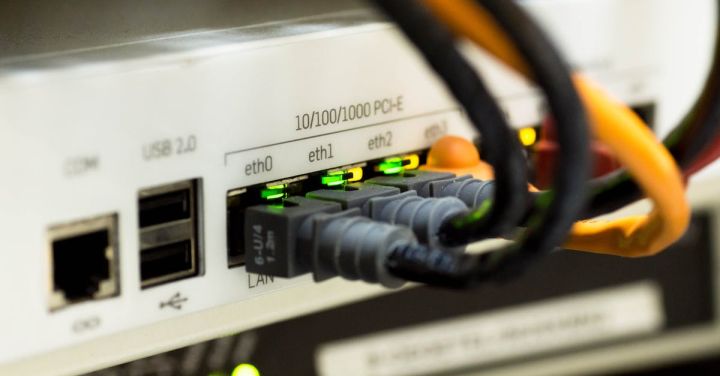What Metrics Are Crucial for Monitoring Server Performance?
Monitoring server performance is crucial for ensuring the smooth running of any online business or application. It allows you to identify and resolve issues before they impact your users, saving you time and money. But with so many metrics available, which ones should you prioritize? In this article, we will explore the crucial metrics for monitoring server performance and why they matter.
Response Time: The Pulse of Your Server
Response time is the first metric to consider when monitoring server performance. It measures the time it takes for a server to respond to a request. A high response time indicates potential bottlenecks or slow server performance. By monitoring response time, you can identify performance issues and take proactive measures to optimize your server’s performance.
Throughput: Measuring Data Transfer
Throughput is another essential metric to monitor. It measures the amount of data that can be transferred between the server and its users in a given time frame. High throughput indicates that your server can handle a large volume of requests efficiently. On the other hand, low throughput may indicate network congestion or limited server resources. By monitoring throughput, you can ensure that your server can handle the expected workload without compromising performance.
CPU Usage: Gauging Processing Power
The CPU (Central Processing Unit) is the brain of your server, responsible for executing instructions and processing data. Monitoring CPU usage allows you to gauge the server’s processing power and detect any spikes or bottlenecks. High CPU usage indicates that the server is working hard to handle requests, which may lead to slower response times. By keeping an eye on CPU usage, you can identify potential performance issues and optimize your server’s resources accordingly.
Memory Usage: Keeping Things in Check
Memory usage is another crucial metric to monitor. It measures the amount of memory your server is using to store data and execute processes. Insufficient memory can lead to slow response times or even server crashes. By monitoring memory usage, you can identify memory leaks or excessive resource consumption and take corrective actions to optimize your server’s performance.
Disk I/O: Evaluating Storage Performance
Disk I/O (Input/Output) measures the speed at which data is read from or written onto the server’s storage devices. Slow disk I/O can significantly impact your server’s performance, especially if your application relies heavily on database operations or file access. By monitoring disk I/O, you can identify potential bottlenecks and optimize your server’s storage configuration for better performance.
Network Latency: Ensuring Smooth Communication
Network latency measures the time it takes for data to travel between the server and its users over the network. High network latency can result in slow response times and poor user experience. By monitoring network latency, you can identify network-related issues and work with your network team to optimize network performance.
Error Rates: Detecting Issues in Real-Time
Error rates measure the frequency of errors encountered by users when interacting with your server. Monitoring error rates allows you to detect and address issues in real-time, ensuring a smooth user experience. High error rates may indicate software bugs, infrastructure problems, or other issues that need immediate attention.
In conclusion, monitoring server performance is essential for maintaining a robust and reliable online presence. By focusing on these crucial metrics – response time, throughput, CPU usage, memory usage, disk I/O, network latency, and error rates – you can proactively identify and address performance issues, ensuring optimal server performance and user satisfaction. Remember, a well-monitored server is a productive server.






